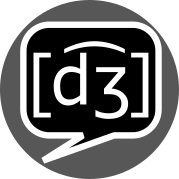If there’s any mistake please correct me (especially in the hebrew parts, i am only native in arabic and know basic hebrew)
explanation for roots and templates (i forgot to completely explain them lol): Words in semitic languages, unlike indo-european languages are conjugated with a system of roots and templates.
Roots are three (or even four) letter words, that are not meant to be used by themselves since they are equivalent to the infinitive in IE languages. So K-T-B would be “to write” and nothing else. No tense, no gender, etc etc.
Templates fill these in, by applying the root to a template. They specify the tense, gender, x-person etc.
So K-T-B (to write) + _A_A_TU (I did this thing in the past) = KATABTU
tl;dr: roots are verbs and templates are context for them


I appreciate that they’re using consonants for the roots.
Isn’t it the same in most european languages? What’s mostly preserved of the roots is the consonants. Easily visible in the roots KRTS and STRK.
German examples:
As he said, but i’d like to add: semitic languages are much more preserved than IE languages. for example, i myself can understand ~40% of maltese and basic hebrew, despite never trying to learn either of those languages. Ablauts are an old system so german/english etc have split far off and the words, while having a lot of resemblance might not be almost identical like Shams and Shemesh (sun in arabic and hebrew) But roots are still alive any well in semitic languages.
Proto-Indo-European had a similar-ish system, that was used far more extensively than in modern IE languages. What you see in German and English are leftovers of that system.